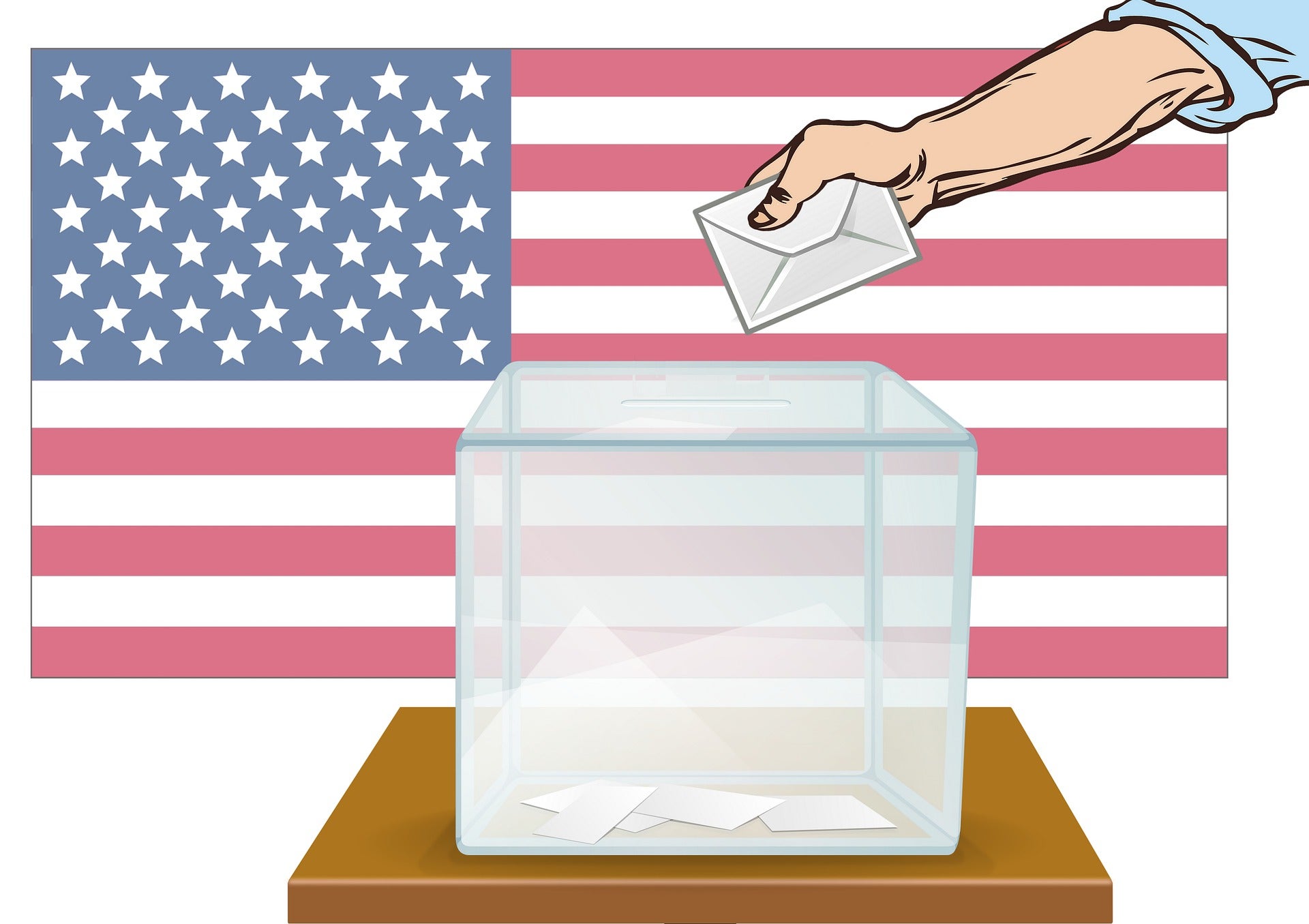How we test the presidential candidates
Published 7:53 pm Saturday, February 15, 2020
From my many years in the computer manufacturing world, I can tell you that one of the things that was always paramount in bringing new products and services to the market was testing, testing, testing.
While under development, all the components were constantly tested. When a prototype was built, it was tested in-house until it proved itself. In-house testing was called Alpha Testing.
Once the prototype passed the Alpha Testing, it was time to try it out on select customers…in the field. Customer testing was called Beta Testing. (Alpha and Beta are the first two letters of the Greek alphabet.)
Once rigorous Beta Testing was done, the product was ready for market. Most, if not all, of the bugs, had either been worked out or work-around solutions had also been tested and approved. In some cases, the product failed testing and was never brought to market.
Imagine if such testing were able to be applied to our presidential candidates!
Guess what? That testing process is already in place. It’s called the Primary Election Process and is run by each and every political party as a way to test and qualify the candidates who want to represent that particular group in the General Election.
Alpha Testing starts with the candidates themselves, along with volunteers and donors. Think about this, in order to raise money and get people to volunteer, the candidates must have some sort of message. If that message isn’t good enough to fund and staff a campaign, the candidate drops out.
Another part of the Alpha Testing process can be debates. Have you noticed how pieces of the individual messages change from one debate to the next? That’s because the testing showed the old style wasn’t working.
Have you also noticed how the Democratic Party has reduced the number of candidates in the debates? Party rules will normally include meeting certain criteria in order to participate in the debate portion of Alpha Testing. Criteria such as how a candidate rate in polls, perhaps how many individual donors the candidate has been able to attract.
The 2020 Democratic Primary Process started with an awful lot of wanna-bees. So much so that the debates were split into separate groups on separate nights. Then the criteria for qualifying went up. Candidates dropped out. The criteria had been published; the candidates that failed to meet the criteria did not get to debate. Just another part of the testing process.
Unless, of course, you happen to be one of the losers. It was disheartening (to me) to see candidates who failed to meet the preset goals crying foul when they were unable to raise enough support to meet the goals which they knew were there. There were even charges of RACISM and FRAUD put forth.
Do you really want someone representing you that raises issues of hatred by others because they cannot accept their own mistakes and admit that they themselves failed? They dropped out because they failed the testing process, which was the purpose of testing in the first place.
Beta Testing happens when voters go to the polls in a primary election (or caucus or something similar). Think of it as a dry run for the General Election, except that the end result is to whittle the field down to a single nominee FOR THAT PARTY.
Recently that first bit of Beta Testing happened in Iowa. The candidates had to go out and meet-and-greet the public – in person! They learned (hopefully) what real voters wanted; they learned how to adapt their message for what real voters wanted. And like all testing, some of them failed.
Unfortunately, in Iowa, the state Democratic Party had not done sufficient testing of its own process and it was messy – both for the state party and for the candidates. Maybe the concept of testing before going public really is a good idea for everything.
This week, the candidates are in New Hampshire. Another small state with a small population.
Together with my wife and kids, I lived in New Hampshire. During that time, we were fortunate to have been able to personally meet presidential candidates in every presidential primary over 15 years. I remember sitting directly behind Nancy Reagan at a debate in Nashua, NH while watching her husband on the stage.
However, just as it was educational and enlightening for me, so it was also for the candidates to meet and speak with real voters. To get personal reactions to their messaging, and to directly judge how their message was coming across. That’s what the Beta Testing process is all about!
The first four Beta Testing states for the 2020 Democratic Primary Process are all in February – Iowa, NH, Nevada, and South Carolina. Two of them are actual primaries, the other two use the caucus system.
DIVERSITY
The first two states are predominately white. Once again, the losers have been complaining and trying out the Racist Cards saying it is unfair to start off in predominately white states.
Just for the record, here’s the percentage of Whites/Blacks/Hispanic in the first four states:
Iowa – 85%/3%/6%, New Hampshire – 90%/1%/4%, Nevada – 49%/9%/29%, South Carolina – 63%/27%/6%. For the US as a whole: 72%/13%/16%.
That means 2 states within 5 percentage points of the nation for whites, one state with more than double the ratio for blacks, and the other state with almost double the ratio for Hispanics. Sure does sound like a diverse group of test spots to me. Then again, it was the losers that tried to use the race card.
Do they really think that replacing Iowa and/or New Hampshire with a larger more diverse state would improve the testing process? It’s a lot easier for the candidates to crisscross a state that is less than 200 miles north-to-south and less than 70 miles wide.
Out of about 4,750 delegates to the Democratic Party Convention, these four states represent only 155, or about 3% of the total. In my mind, testing should always start small to be effective.
The caucus system does appear to be on its way out. In the 2016 elections, 14 states used a caucus, in 2020 only 3 do. However, regardless of whether it’s a caucus or a primary, this system of testing the candidates and their messages is an integral part of the balance built into our election process, and it a good example of States Rights.
Please don’t let anyone talk you into believing that the Federal Government should step in and try to regulate this process. There is too much to lose.
David Derosier consults with small business on planning and marketing issues, and provides web design and hosting services through OhainWEB.com, an accredited business with theBetter Business Bureau that is rated A+ by BBB. He can be reached at JDAVID@Strategy-Planning.info







